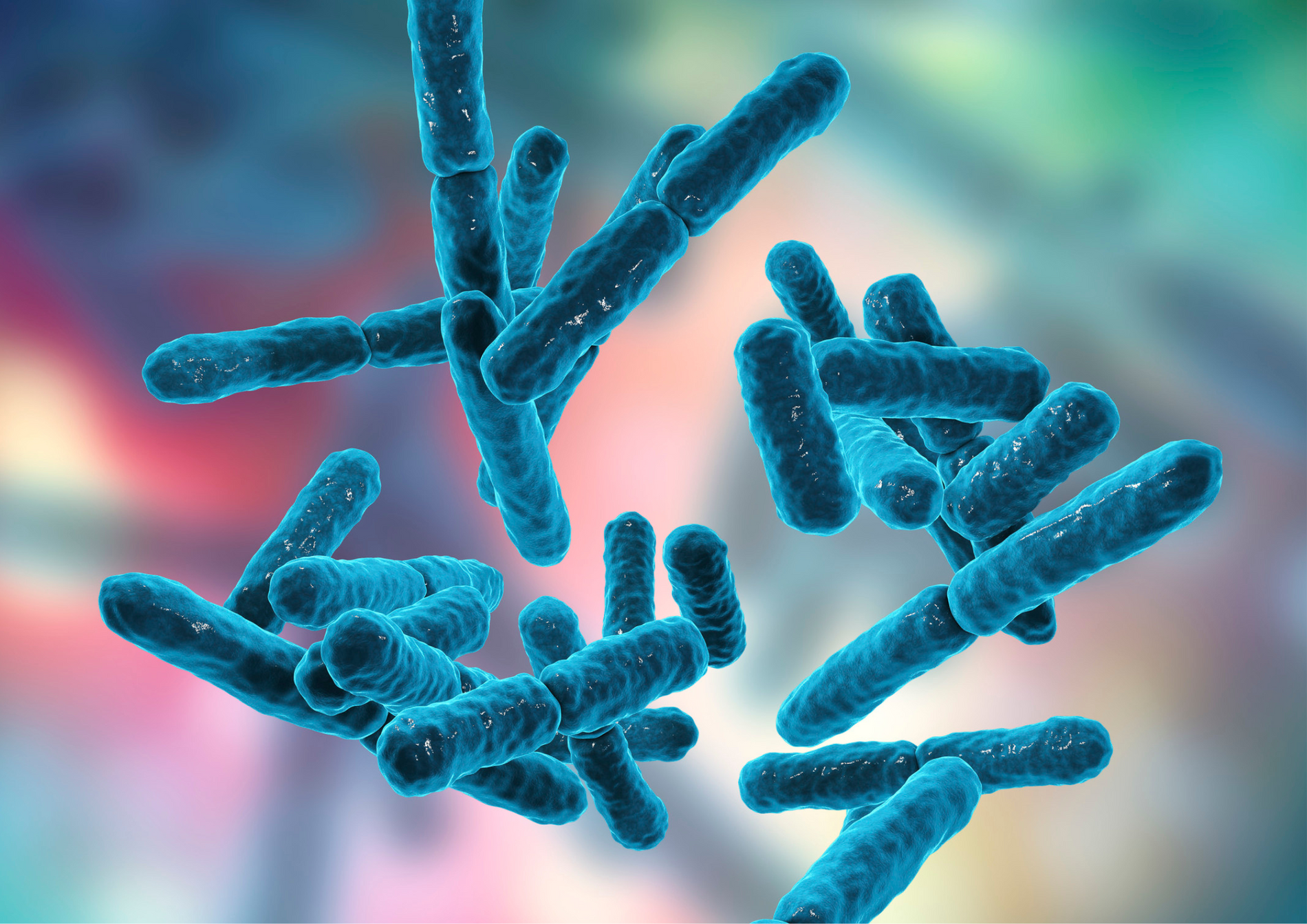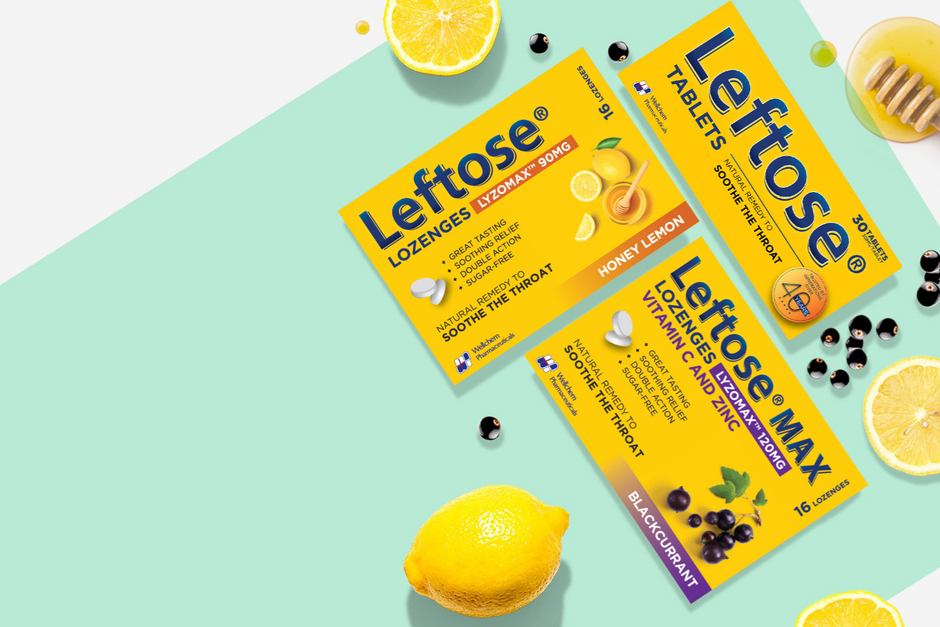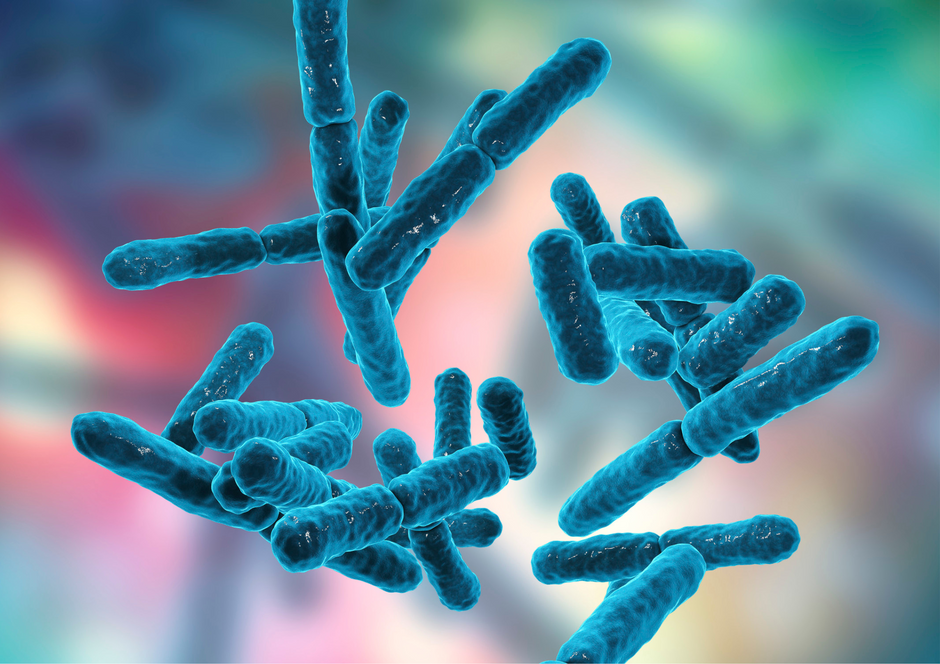Probiotics are popular supplements for gut health. You can see it in various pharmacies and wellness stores selling them in different forms such as gummies, powers and even drinks. There are different strains of probiotics out there, each having different benefits for digestion, immunity and overall well-being (Lizardo, 2025).
“But with many different probiotic strains in the market, how do I know which is best for my child?”
Well, here’s a breakdown of the most common strains and how they differ. Allowing you to make the best decision for your child!
What Exactly Are Probiotics?

Image by: Pixabay
Probiotics are good bacteria that are found in our digestive system. When consumed, it enhances the body’s population of good bacteria, ensuring a balance of healthy gut microorganisms which are important for immunity, digestion and overall health (NUHS+, 2025).
Common Probiotics In Supplements

Image by: Getty Images
There are many different types of probiotics, but some strains are more commonly consumed through dietary supplements and even probiotic-rich foods we eat.
The common types of probiotics are:
1. Lactobacillus
Lactobacillus is one of the most common and well-researched probiotic species. It can often be found in foods such as yogurt, kefir, and fermented foods like sauerkraut, kimchi, and pickles.
Some Lactobacillus strains include, Lactobacillus plantarum (SD5209), Lactobacillus helveticus (CNCM I-1722) and L. rhamnosus GG (CNCM I-4798), the most scientifically studied strain (Stephens, 2022).
These probiotics play an important role in supporting digestion and gut health. It also maintains a healthy microbial balance in our gut while also producing lactic acid and hydrogen peroxide to inhibit the growth of undesirable bacteria in the body. Keeping the body strong and healthy.
In particular, Lactobacillus plantarum helps to break down food, absorb nutrients, fight off bad organisms and may help to improve symptoms of irritable bowel syndrome (IBS) (WebMD, n.d.).
While Lactobacillus helveticus may help to improve intestinal barrier, relieve constipation symptoms, and potentially alleviate lactose intolerance (Chelladhurai et al., 2023).
With L. rhamnosus GG, it helps to increase the healthy population in the gut to block the growth of other bacteria, improve gut barrier, helps with inflammatory bowel diseases, regulate immune response and restore balance in the microbiome (Whitten, 2024).
2. Bifidobacterium
Bifidobacterium is a species normally found in the colon and large intestine. It can be found in dairy products such as yogurt, some cheeses as well as foods rich in fiber like apples and broccoli. These foods can help in helping Bifidobacterium thrive in the gut.
Some strains include Bifidobacterium lactis BI-07 and Bifidobacterium animalis subsp. lactis (SD5219)
They play a role in creating a microbial barrier to undesirable substances. Research suggests that Bifidobacteria may boost immunity, reduce and treat gastrointestinal infections, and improve mood, digestion, and eczema (Cervoni, 2024). Specific strains like Bifidobacterium animalis subsp. Lactis may also help to relieve constipation, improve intestinal movements and increase nutrient absorption (Araujo et al., 2022).
3. Bacillus
Bacillus is a spore-forming probiotic species that can be found in fermented food such as kimchi, natto and some fish sauces as well as in juices and raw fruits and vegetables (Chatfield, 2022).
The two common strains are Bacillus subtilis DE111 and Bacillus coagulans.
Research suggests that some strains under the Bacillus species may help to promote cardiovascular health by maintaining healthy cholesterol and glucose levels. It may also help in reducing intestinal gas after a meal.
4. Streptococcus thermophilus
Streptococcus thermophilus is a species that acts as a multifunctional starter culture that can be used in yogurt and cheese starter cultures. It can also be found in fermented foods such as miso, kimchi and sourdough bread which adds flavours and textures to these products.
Aside from assisting in the food production role, this probiotic may help with improving the gastrointestinal tract function (Stone, 2018). For those with lactose intolerance, it may help with improving the symptoms of lactose intolerance such as bloating or discomfort. It may also help reduce gut inflammation, which helps with overall digestive health.
5. Saccharomyces boulardii
Saccharomyces boulardii is a type of beneficial yeast rather than a bacteria. It can naturally be found in fruits like lychee and mangosteen as well as fermented products such as kefir and kombucha.
This probiotic yeast plays a role in helping to relieve common, acute diarrhea. It also supports intestinal comfort and promotes a healthy immune system.
Why Does Probiotic Strains Matter?
 Image by: Pexels
Image by: Pexels
Not all probiotics work the same, and that is why understanding strains are important, especially when it comes to your child’s health. Different probiotic strains work differently in the body. Some work to support digestion, while others aid in strengthening immunity or reducing inflammation. For kids, this is important as choosing the right probiotic strains can help to manage common issues such as diarrhoea, constipation and lactose intolerance.
Studies have found that probiotic strains work together to enhance each other’s functions to give you even greater health benefits (Chatfield, 2022). This means that with the right probiotic supplement with the right combination of strains can make a significant difference in how effective they are for your child’s specific health needs. Therefore, supporting your child’s growth, immunity and overall well-being.
Choosing The Right Probiotics For Your Child
 Image by: Canva
Image by: CanvaDifferent probiotics serve different purposes, so choose the right one based on your child’s health needs. Some strains are better for digestion while others are more effective for boosting your child’s immunity or preventing diarrhoea.
When choosing probiotics for children, keep these in mind:
1. Check the strain
Always look for full names such as Lactobacillus rhamnosus GG rather than just “Lactobacillus.” Having specific strains indicates the health benefit. After all, you want to know what you are giving your child and the benefits it reaps.
2.Match to your child’s needs
If your child is experiencing issues such as digestive discomfort, diarrhoea, and has a weak immune system, choose specific strains that target those concerns. This way, you will get a peace of mind knowing that the probiotics are effectively targeting the issues.
3. Consider multi-strain formulas
Probiotics that combine various strains can provide broader benefits that can not only support your child’s gut health but at the same time, also strengthen immunity and overall well-being. So you know your child is getting the most out of the probiotics and reaping the benefits for healthy growth.
By choosing the right probiotic strains, you are giving your child the targeted support they need for a healthier gut and stronger immune defenses.
Meet Kordel's Kid's Organic Probiotics

For parents looking for a trusted probiotic option, you can try Kordel’s Kid's Organic Probiotics which supports in strengthening immunity and digestive function in children.
It is specially formulated to contain L. rhamnosus GG, the world’s most studied strain, clinically proven to strengthen the immune system and promote healthy digestion.
It is also a multistrain formula consisting of
- 6 billion CFU of 10 strains of probiotics mixture powder
- 4 billion CFU of Lactobacillus plantarum (SD5209)
- 4 billion CFU of Bifidobacterium animalis subsp. lactis (SD5219)
- 2 billion CFU of Lactobacillus rhamnosus GG (CNCM I-4798)
- 2 billion CFU of Lactobacillus helveticus (CNCM I-1722)
With 18 billion active cells, this formula helps to balance good microorganisms in the gut, reduce common tummy troubles, aids in nutrient absorption and boost the overall well-being of your child.
Made for kids and parents in mind, Kordel’s Kid's Organic Probiotics comes in easy-to-take sachets, making it simple for parents like yourself to pack them into your child’s lunch boxes or carry them around with you whenever you are out with your child. So your child will always be prepared to relieve an upset stomach and improve digestion.
It is also perfect for picky eaters as it comes in powder form with no artificial flavours, colours or sweeteners making it easy to mix and dissolve into your child’s favourite drinks without changing the taste. Making it simple to take daily, with no fuss, no complaints. These sachets make it easier for your child to be consistent with their probiotic support even if they are picky.
Final Takeaway

Knowing the differences and benefits of probiotic strains can help you make smarter decisions for your child. The right probiotics not only support gut health and digestion, but also contribute to your child’s overall growth and development. Because, a happy belly means a happy child.
From 1st to 31st October 2025, enjoy 25% OFF Kordel's Kid's Organic Probiotics. Give your child the daily guy support they need.
Shop now at Glovida.com and enjoy better value with our new everyday low prices. If you are ever in doubt about choosing the right products for your kids, contact our pharmacists at +65 8101 5555, they are here to help!
References
- Araujo, L. D. C., Furlaneto, F. A. C., da Silva, L. A. B., & Kapila, Y. L. (2022). Use of the Probiotic Bifidobacterium animalis subsp. lactis HN019 in Oral Diseases. International journal of molecular sciences, 23(16), 9334. https://doi.org/10.3390/ijms23169334
- Cervoni, B. (2024, July 3). Bifidobacteria: How these healthy bacteria help the gut and immune system. Verywell Health. https://www.verywellhealth.com/the-health-benefits-of-bifobacterium-4684233
- Chatfield, S. (2022, September 27). The 10 most common types of probiotics (and their benefits). Omni-Biotic. https://omnibioticlife.com/blogs/blog/types-of-probiotics?
- Chelladhurai, K., Ayyash, M., Turner, M. S., & Kamal-Eldin, A. (2023). Lactobacillus helveticus: Health effects, current applications, and future trends in dairy fermentation. Trends in Food Science & Technology, 136, 159–168. https://doi.org/10.1016/j.tifs.2023.04.013
- Children’s Health. (n.d.). Should kids take probiotics? https://www.childrens.com/health-wellness/should-kids-take-probiotics
- Jeanette, T. K. W. (2024, October 24). Understanding and improving your child’s gut health. PEH. https://www.parkwayeast.com.sg/health-plus/article/children-gut-health
- Lizardo, J. (2025, May 30). Understanding different types of probiotics: Benefits & classification. Vitaquest International LLC. https://vitaquest.com/different-types-of-probiotic-strains-and-their-benefits/
- NUHS+. (2025, August 26). Is your gut feeling right about probiotics? https://www.nuhsplus.edu.sg/article/is-your-gut-feeling-right-about-probiotics
- Pantai Hospitals. (n.d.). Pros & cons of probiotics for children. https://www.pantai.com.my/health-pulse/children-probiotics
- Stephens, K. (2022, January). Lactobacillus rhamnosus GG® | Database. https://www.optibacprobiotics.com/professionals/probiotics-database/lactobacillus/lactobacillus-rhamnosus/lactobacillus-rhamnosus-lgg
- Stone, K. (2018, March 7). Streptococcus thermophilus: Key health benefits. Balance ONE. https://balanceone.com/blogs/news/streptococcus-thermophilus?srsltid=AfmBOoqdlcyGq2SncriDa-1KmWUKY2bnEiWLjyDrJb3-Djy2E8kdv28g
- WebMD. (n.d.). LACTIPLANTIBACILLUS PLANTARUM: overview, uses, side effects, precautions, interactions, dosing and reviews. https://www.webmd.com/vitamins/ai/ingredientmono-1672/lactiplantibacillus-plantarum#overview
- Whitten, C. (2024, February 20). What to know about Lactobacillus rhamnosus (LGG) probiotic. WebMD. https://www.webmd.com/digestive-disorders/what-to-know-about-lgg-probiotic








